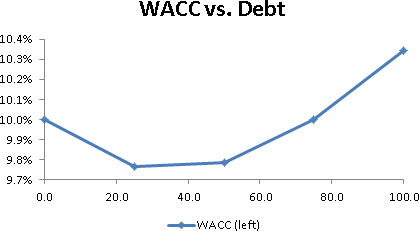If one equity is valued at 15x P/E, and another at 10x P/E, is the latter a bargain? To answer this question we should adjust for growth.
Adjusting a valuation multiple (such as P/E or EV/EBITDA) is frequently done by dividing by growth — such as with the common P/E/G multiple.
We can do better… [Read more…]
